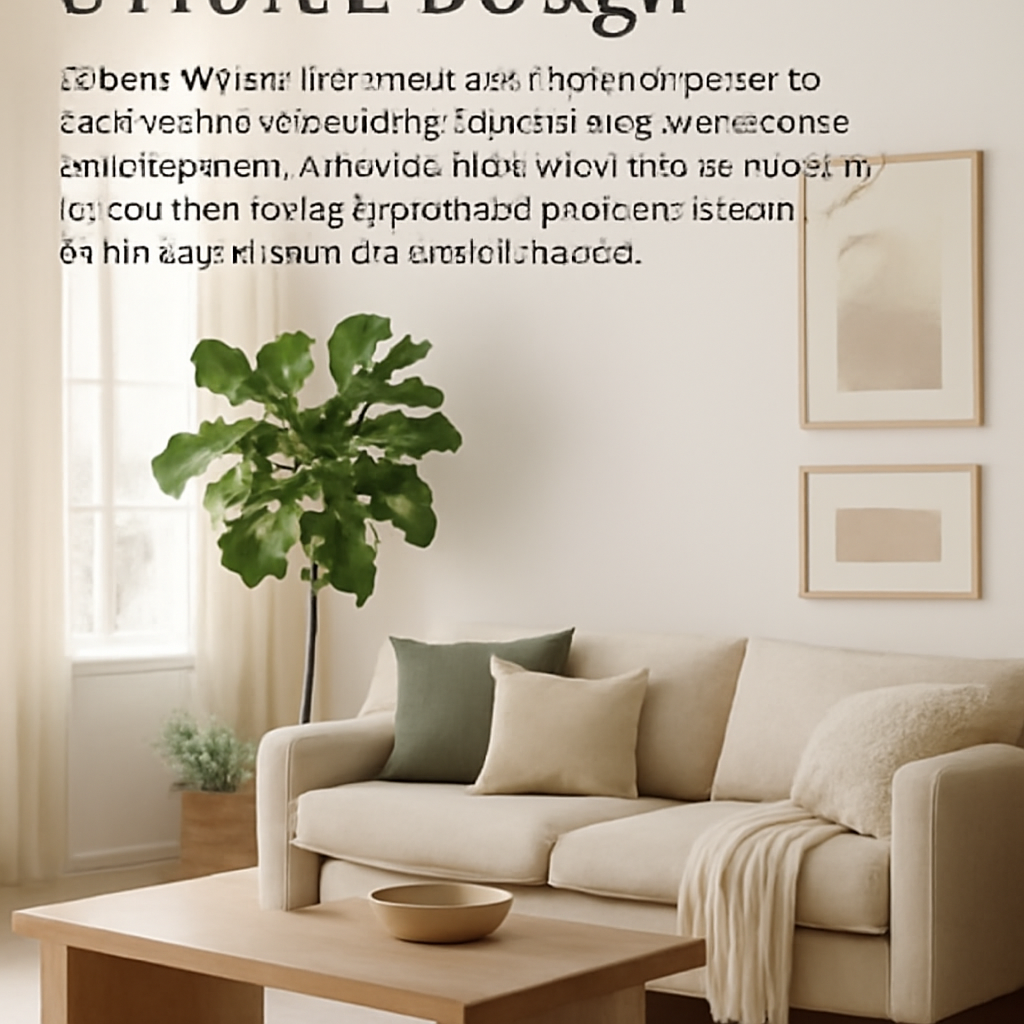Location
Mount Vernon, WA 98274
Location
Mount Vernon, WA 98274

As the world continues to evolve, homeowners are increasingly prioritizing mindfulness in their living environments. This shift is not just about aesthetics; it's about creating spaces that promote mental well-being and emotional balance. Discover how intentional design and thoughtful choices can enhance your home experience.
In recent years, the concept of mindfulness has gained traction as a means to enhance mental health and overall well-being. This trend has permeated home design, leading to a growing emphasis on creating mindful living spaces that foster tranquility and comfort. Homeowners are now looking beyond mere functionality and style, seeking to create environments that cultivate peace and reflection.
One significant aspect of this movement is the integration of natural elements into the home. While biophilic design focuses on incorporating nature into interiors, the mindful approach takes it a step further by emphasizing the emotional connections people have with their surroundings. This can include choosing calming color palettes, using natural materials, and maximizing natural light to create a serene atmosphere.
Moreover, the rise of minimalism is closely linked to the mindfulness trend. Homeowners are increasingly decluttering their spaces, shedding unnecessary items, and keeping only those that bring joy or serve a purpose. This practice of intentional decluttering not only creates physical space but also contributes to mental clarity. The result is a home that feels open, inviting, and conducive to relaxation.
In addition to aesthetics, there is a growing awareness of how our living environments impact mental health. Studies have shown that cluttered or chaotic spaces can increase stress levels, while organized and harmonious environments can significantly reduce anxiety. As a result, many individuals are investing in smart organizational solutions that not only enhance functionality but also promote a sense of calm and order.
Technology also plays a role in creating mindful spaces. Smart home solutions can help regulate lighting and temperature, creating an environment tailored to individual comfort needs. For instance, smart thermostats can adjust the home’s temperature based on the time of day or occupancy, ensuring a pleasant atmosphere without excessive energy consumption.
Furthermore, the shift towards sustainable materials and practices complements the mindfulness movement. Homeowners are increasingly aware of the impact of their choices on both the environment and their own well-being. Investing in eco-friendly products, such as low-VOC paints and sustainably sourced furniture, not only supports a healthier planet but also contributes to a healthier living space.
In conclusion, the move towards mindful home spaces signals a significant cultural shift in how we perceive and interact with our living environments. By prioritizing emotional well-being, personal connection, and sustainability, homeowners are crafting spaces that not only look beautiful but also enhance their quality of life.